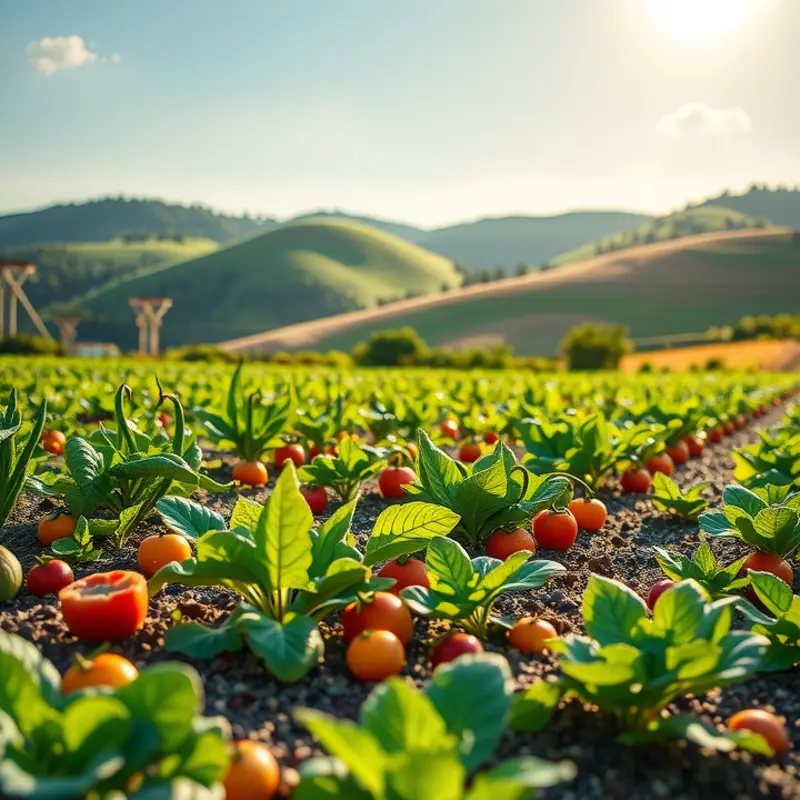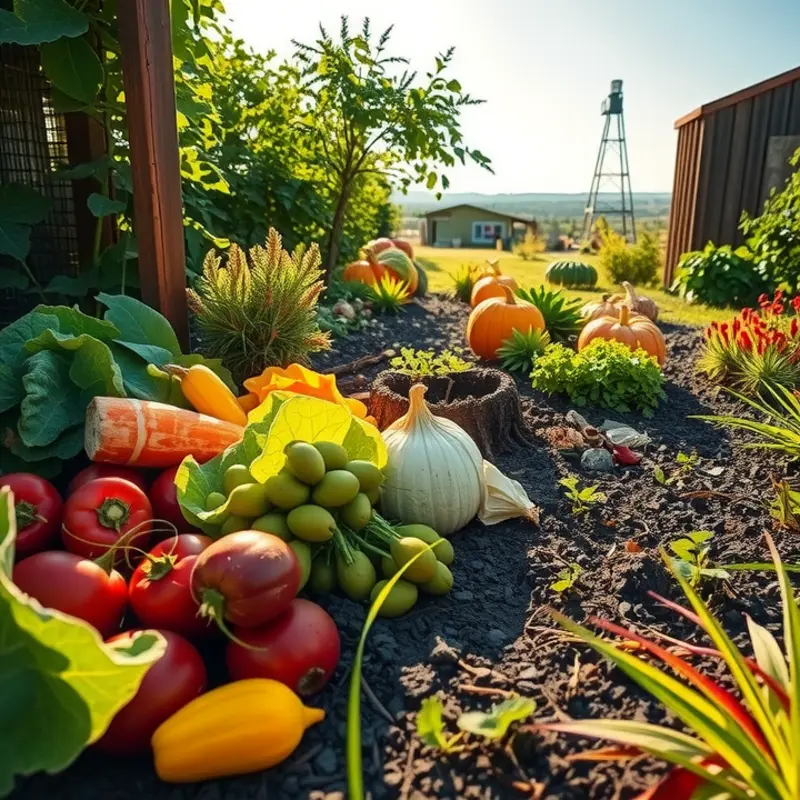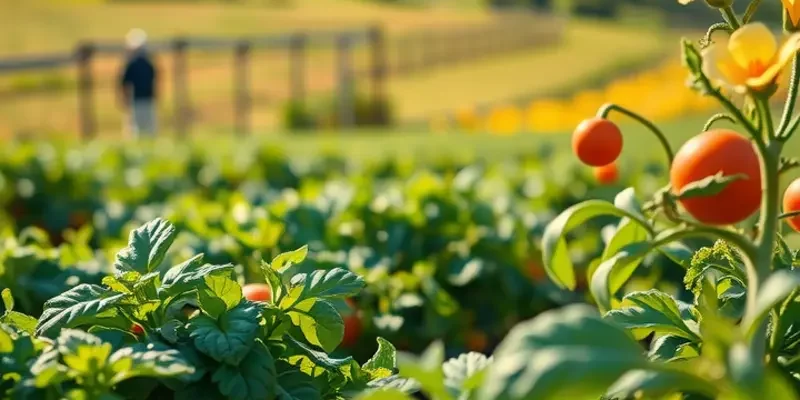Proper food handling begins at home and is crucial for maintaining your family’s health. From storage techniques to reducing waste, understanding how to manage food safely can lead to healthier meals and minimized spoilage. This guide explores straightforward strategies that empower families to handle food with care, promoting a sustainable and safe eating environment.
Proper Food Storage Methods

Learning the art of proper food storage is crucial for maintaining both the quality and safety of food items in your home. By adhering to effective storage methods tailored to different categories of food, you can extend their freshness and reduce the risk of foodborne illnesses.
Refrigerator Storage Guidelines
The refrigerator is the cornerstone of any kitchen’s food storage strategy. Different foods require specific storage conditions within the refrigerator to remain fresh. Perishable items such as meats, dairy, and certain fruits and vegetables should be kept at temperatures at or below 40°F (4°C). For raw meats and fish, store them on the bottom shelf to prevent their juices from contaminating other foods. Fruits and vegetables should be placed in separate crisper drawers to maintain their humidity levels, helping them last longer.
Using air-tight containers for storing leftovers can significantly prolong their shelf life and prevent cross-contamination. Be sure to label each container with the date it was placed in the fridge to keep track of their freshness. Try incorporating a “first in, first out” approach, where older items are placed at the front to ensure they are used before expiration.
Freezer Storage Tips
Freezing is an excellent method for extending the life of many foods, from meats to prepared meals, and even certain dairy products. Keep your freezer temperature at 0°F (-18°C) or lower for optimal results. Using durable, freezer-safe bags or containers minimizes freezer burn, which can adversely affect the quality of the food. Remove as much air as possible from storage bags to further safeguard against freezer burn.
Label each package with the freezing date and an estimated expiration date to facilitate meal planning. For more substantial portions, consider dividing food into meal-sized servings before freezing to make defrosting and cooking more convenient.
Pantry Organization Tips
A well-organized pantry can prevent food waste and optimize storage efficiency. Keep dry foods such as grains, cereals, and canned goods in a cool, dry place. Air-tight containers are perfect for storing these items as they protect against moisture and pests. Group similar items together and label shelves to make finding and replacing goods simpler.
Maintain an inventory of your pantry, regularly checking for expiration dates and prioritizing older items. Rotate products according to their shelf life, much like in the refrigerator, to use items while they are still fresh.
Understanding Temperature Variations
Different foods require specific temperature ranges to stay fresh. Cheese, for instance, benefits from slightly warmer fridge temperatures, while leafy greens thrive in crisper drawers with a controlled humidity level. By understanding these nuances, you can ensure each food type is stored optimally, prolonging its quality.
Delving into these food storage techniques not only enhances food safety but also aids in reducing wastage, building a healthier and more efficient kitchen. For inspiration on meal planning with different diet preferences, exploring recipes like this Mediterranean Chickpea Salad could be an excellent start to maximizing your stored ingredients effectively.
Minimizing Food Waste at Home

Reducing food waste begins with thoughtful meal planning. By outlining weekly meals and preparing a detailed shopping list, families can avoid purchasing items that may not get used. Prioritize ingredients that serve multiple purposes in your meal plans. This method reduces the likelihood of having surplus food that spoils before it can be consumed.
Another effective strategy is to repurpose leftovers. Create a new meal from last night’s dinner to prevent waste. Leftover roasted vegetables can easily transform into a delightful vegetable soup, while cooked meats can enhance a salad or stir-fry. Additionally, subscribing to culinary inspiration from online recipe resources can provide new ideas to reinvent leftovers into exciting dishes.
Understanding expiration dates is key to minimizing waste. Many consumers mistakenly equate expiration dates with safety, though they’re often indicators of peak quality. Foods still safe past these dates include canned goods, dry pasta, and frozen items. Pay attention to food appearance and smell, as they are often the best indicators of spoilage.
Composting offers a practical solution for unavoidable waste like fruit peels and coffee grounds. Setting up a small compost bin at home can turn organic scraps into valuable fertilizer for plants. If space is limited, investigate community composting programs that accept household waste. Composting not only reduces home waste but also enriches garden soil, fostering sustainable practices.
Food preservation techniques such as freezing, pickling, and drying can extend the lifespan of fresh produce. Freezing is perfect for items like berries or herbs that tend to spoil quickly, while pickling can preserve vegetables, offering tasty additions to meals. Experiment with drying fruits or vegetables to create nourishing snacks that have a longer shelf life.
Donating unused items is another avenue for minimizing waste. Many local food banks and community pantries accept donations of unexpired, unopened goods. This is an excellent way to ensure surplus non-perishables support those in need rather than ending up in landfills.
Embracing these strategies not only curtails household waste but also promotes a more economical and environmentally friendly approach to food management. By treating food as a precious resource, families contribute to a more sustainable world and make the most of their purchases. For more ideas on integrating a variety of nutritious meals while minimizing waste, explore delightful recipes like the Mediterranean Chickpea Salad that incorporate versatile ingredients.
Final words
Safe food handling is an essential practice that families can adopt to ensure health and sustainability. By implementing proper food storage techniques, you can maintain freshness and safety in your food items. Additionally, committing to waste reduction strategies not only helps the environment but also saves money and encourages creativity in the kitchen. Start with small changes—such as organizing your pantry or planning meals more effectively—and watch the positive impact on your family and the planet.







